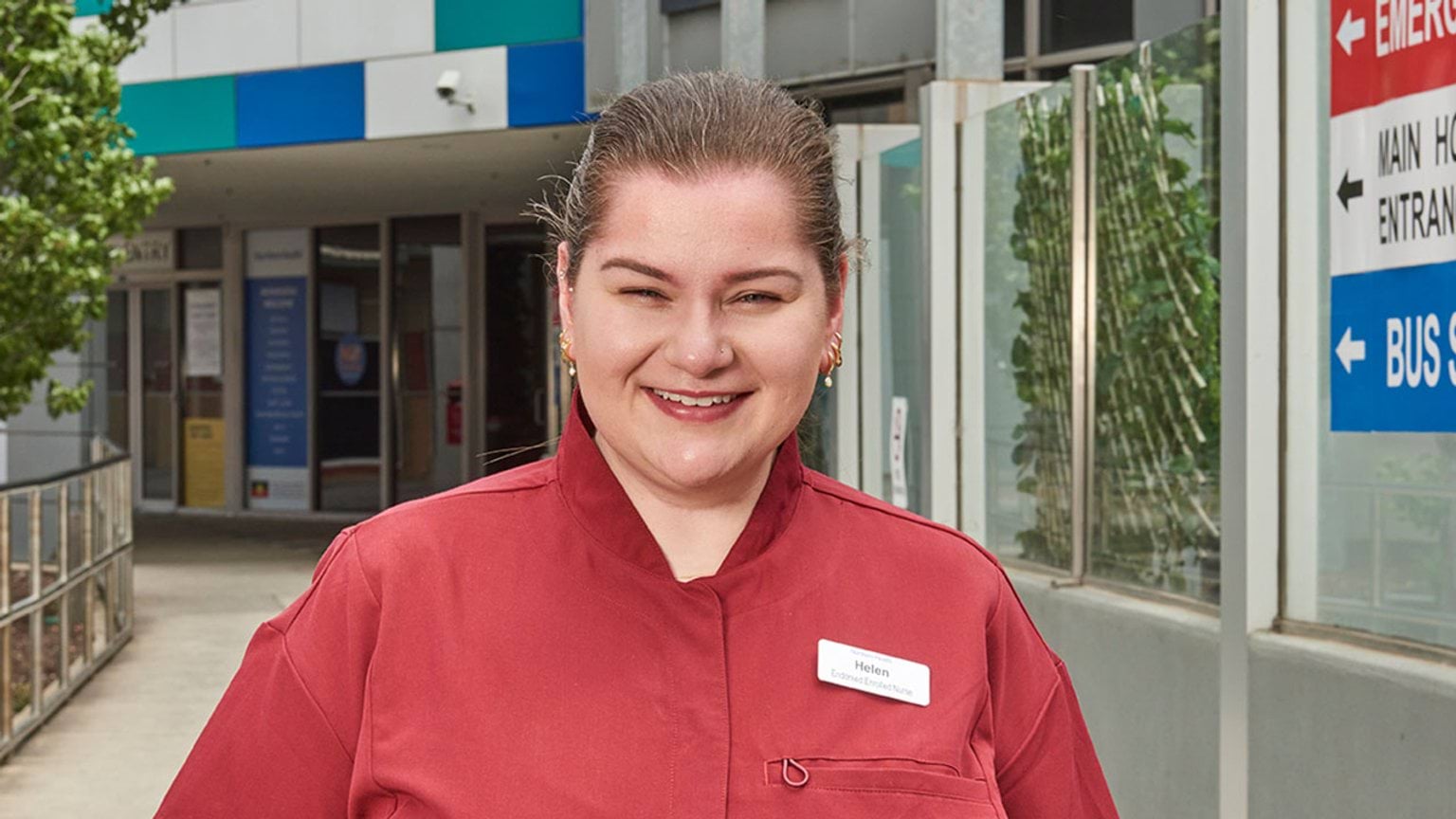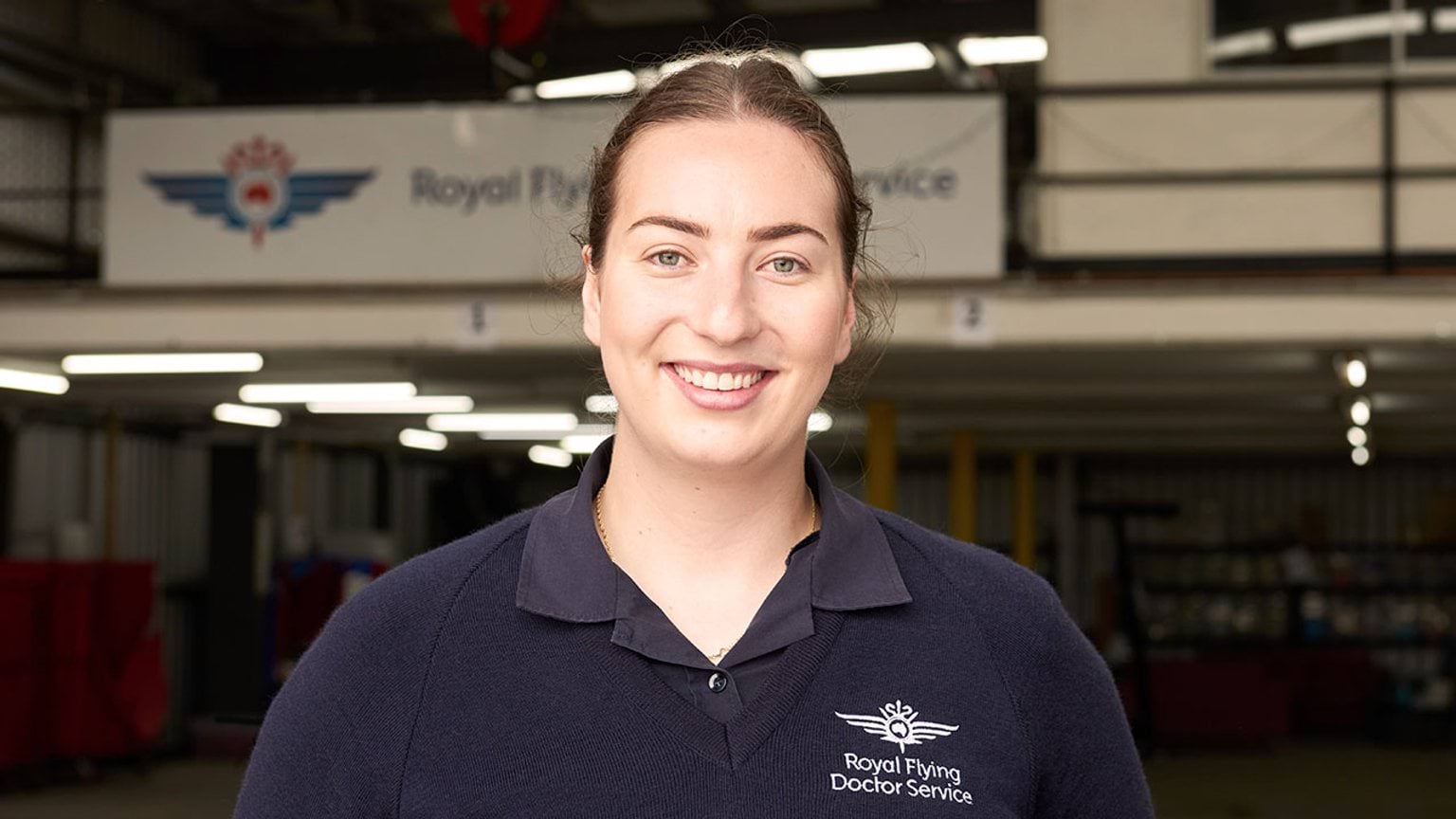Working in health care can mean working with people in difficult situations. The industry suits caring, sensitive people attuned to the needs of others. Depending on your role, you may work different hours of the day or night. You may work in high-pressure environments, so organisational skills are a must. Being safety-conscious and having great attention to detail can help your career.
What people love about working in health care
Here are some of the benefits of working in health care:
- You can make a positive impact on people’s health and wellbeing.
- You can work anywhere. Victoria has opportunities in health care in cities and regional areas.
- You can work closely with teams of health care experts and build longstanding relationships.
- Scientific and technological breakthroughs are constantly transforming health care, and you can be at the forefront.
- The work is flexible, so you can tailor your workload to suit your needs. There are opportunities for part-time, casual, full-time and shift work.
Where you can work
The health care industry has a wide range of employers. For example, you could work for a local medical clinic, a nursing agency or an aged care provider.
The kinds of health care settings you could work in include:
- hospitals
- clinics
- rehabilitation centres
- pathology and diagnostic facilities
- community and government organisations
- aged and disability care providers
- mental or allied health care providers
- education providers.
Median salary
The median weekly earnings for people who work in the health care and social assistance industry in Australia is $1,620.
Source: Jobs and Skills Australia(opens in a new window)
Please note:
- Health care is part of the health care and social assistance industry.
- This salary is current as of January 2025 and is indicative only. A range of salaries apply to different roles across the industry.
Job demand in Victoria
Below are employment projections for the health care and social assistance industry in Victoria. Figures show the number of workers in 2024 and the new workers expected to enter the workforce by 2027 and 2034.
‘New workers expected’ accounts for workers adding new jobs to the economy and replacing retirees over the next 3 and 10 years. These projections are estimates only. There will be additional jobs available as people move between jobs and industries.
Note that separate health care statistics are not available.
| Region | Workers 2024 | New workers expected by 2027 | New workers expected by 2034 |
|---|---|---|---|
| Victoria | 574,520 | 86,482 | 335,454 |
| Melbourne – inner metropolitan | 83,258 | 14,428 | 53,073 |
| Melbourne – inner south-east metropolitan | 49,314 | 6,471 | 24,548 |
| Melbourne – southern metropolitan | 74,782 | 10,546 | 41,691 |
| Melbourne – northern metropolitan | 73,399 | 11,884 | 48,030 |
| Melbourne – eastern metropolitan | 80,941 | 10,945 | 42,911 |
| Melbourne – western metropolitan | 56,059 | 10,382 | 40,687 |
| Ballarat and surrounds (Central Highlands) | 18,990 | 2,814 | 10,782 |
| Bendigo, Echuca and surrounds (Loddon Campaspe) | 25,143 | 3,413 | 13,445 |
| Geelong, Colac and surrounds (Barwon) | 36,954 | 5,909 | 23,286 |
| Gippsland | 26,618 | 3,623 | 14,320 |
| Horsham and surrounds (Wimmera Southern Mallee) | 5,696 | 689 | 2,456 |
| Mildura, Swan Hill and surrounds (Mallee) | 9,004 | 1,063 | 3,879 |
| Shepparton, Seymour and surrounds (Goulburn) | 11,279 | 1,397 | 5,343 |
| Wangaratta, Wodonga and surrounds (Ovens Murray) | 12,169 | 1,566 | 6,067 |
| Warrnambool, Hamilton and surrounds (Great South Coast) | 10,914 | 1,351 | 4,937 |
Source: Victorian Skills Authority Employment Projections Dashboard
Career success stories

The career that she was meant for: Helen’s health care pathway
“My diploma was a good test to see if I was cut out for a nursing career. With this profession, there’s only so much you can read in a book. I’m grateful for all the hands-on placement opportunities.”

Fast-paced first response: Sarah’s passion for non-emergency patient transport
“I really wanted a pathway where I could work while I studied, and after 6 months I was able to work in the industry. There‘s always a need for medical and patient transport services in the community.”
Resources to plan your next steps
Visit our health care industry profile to find out about:
- what it’s like to work in health care, and some of the jobs you could do
- training and skills to work in the industry, and financial assistance to help pay for your course
- help getting a job in health care, and industry job projections for Victoria
- other free resources and advice to plan your training and career.
Explore growing industries in your region
Updated



